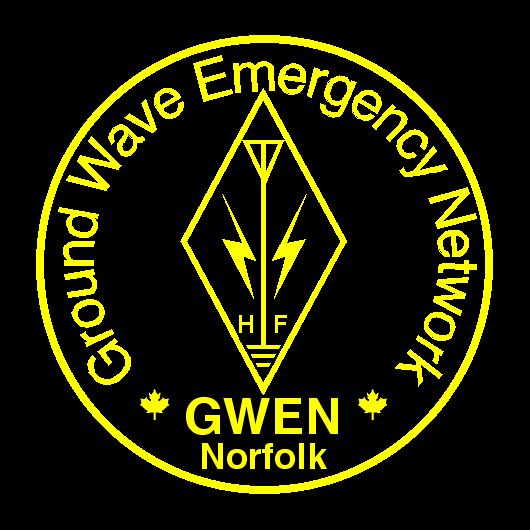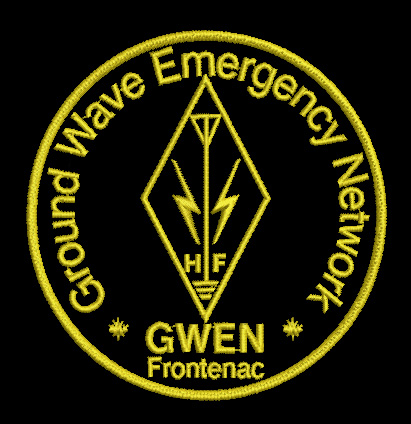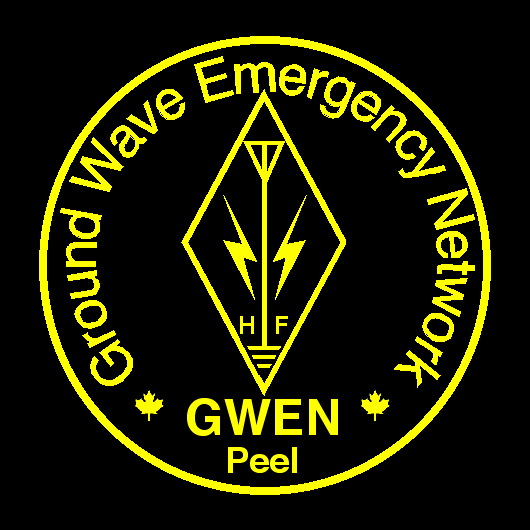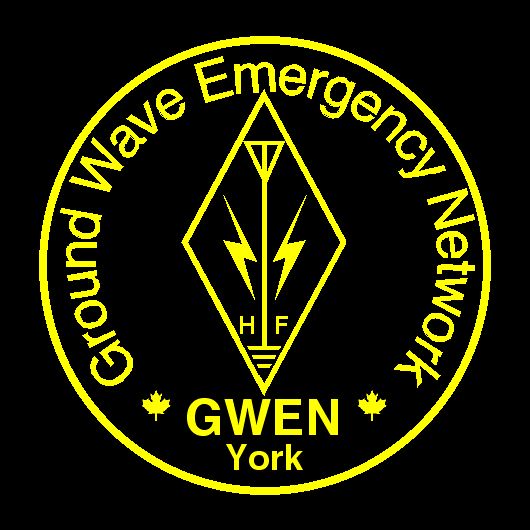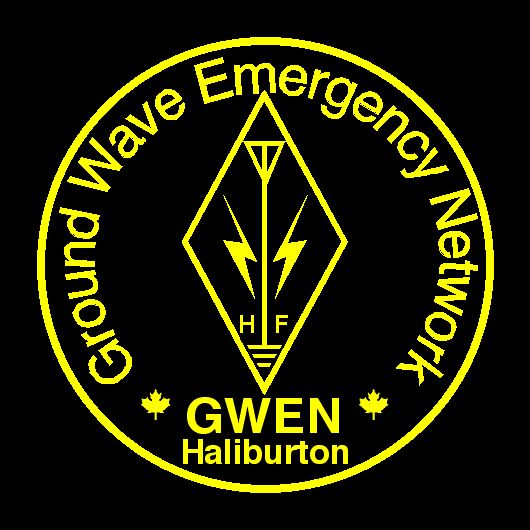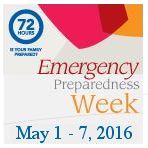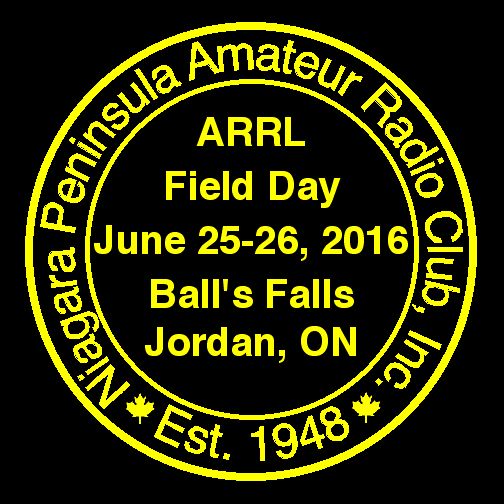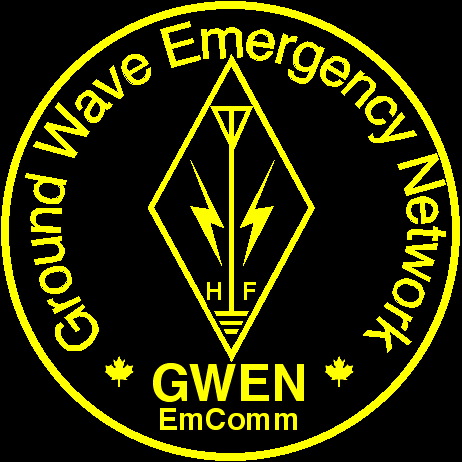How to Confirm a Ground Wave Contact
by David, VE3BBN and Peter, VA3WET
 To confirm a ground wave contact a little work is required and some amateur radio equipment. First you will need a functioning "S-meter" on your HF radio or separately to measure the strength of the incoming signal. The S-meter can be digital with a pixel bar graph or it can be an anologue micro-ammeter. Both types are calibrated in S-units and dB's. See the illustrations. You will need a cw or morse code keyer to send an audible tone. This can also be done with an audio signal generator and your microphone or with any musical instrument that can send an unwavering audio tone. Lastly you will need two amateur radio operators (one can be yourself) each with a vertical antenna capable of operating on the 80 metre band and a couple HF rigs.
To confirm a ground wave contact a little work is required and some amateur radio equipment. First you will need a functioning "S-meter" on your HF radio or separately to measure the strength of the incoming signal. The S-meter can be digital with a pixel bar graph or it can be an anologue micro-ammeter. Both types are calibrated in S-units and dB's. See the illustrations. You will need a cw or morse code keyer to send an audible tone. This can also be done with an audio signal generator and your microphone or with any musical instrument that can send an unwavering audio tone. Lastly you will need two amateur radio operators (one can be yourself) each with a vertical antenna capable of operating on the 80 metre band and a couple HF rigs.
Here is a little review about the S-meter. The International Amateur Radio Union (IARU) Region 1 agreed on a technical recommendation for S-meter calibration for HF and VHF/UHF transceivers in 1981. We will only concern ourselves with HF tranceiver S-meters.

IARU Region 1 Technical Recommendation R.1 defines S9 for the HF bands to be a receiver input power of -73 dBm. This is a level of 50 microvolts at the receiver's antenna input assuming the input impedance of the receiver is 50 ohms.
The recommendation defines a difference of one S-unit corresponds to a difference of 6 decibels (dB), equivalent to a voltage ratio of two, or power ratio of four. Signals stronger than S9 are given with an additional dB rating, thus "S9 + 20dB", or, verbally, "20 decibels over S9" or simply "20 over 9".
This is important, as you reduce power to 25% or 1/4 of the original setting, the receiving station should see a corresponding drop of their S-meter by one S-unit. If there is little or no drop then this might indicate some ionospheric interference. Conversely increasing your power level by 4 fold will double your signal strength at the receiver and should make the S-meter go up by one S-unit.
Logging a Ground Wave contact: Both stations should have either a tone (SSB) or a CW key down for a count of ten to fifteen to give the other operator the time necessary to see if the signal is being modulated by the ionosphere or not. A ground wave signal does not fluctuate. When one station has an S reading verified and recorded, the other station can send their tone or CW signal to their buddy station. Power should be limited to 50 watts output for the test. This leaves another 50 watts if the test cannot be completed in the first round. During the test, the receiver's AGC or AVC line must be switched OFF or a near frequency station may affect your S-meter gain and give you an erroneous reading. By switching off the AGC and AVC you will have an instant signal going into the S-meter without the IF trying to cut it back with the AGC. Pick a quiet frequency with little to no QRM interference. When the test is finished, the two stations can try reducing power to a bare minimum and record this data. The stations should be looking for a corresponding proportional change in their S-meter with power level. An unwavering signal and proportional changes in S-meter reading with changing power levels are indications of solid ground wave communications. A solid ground wave will guarantee you 100% communications all hours of the day in all conditions any time of the year.
Test results should be sent to Peter, VA3WET for publishing on the website. This information can be helpful to others to see what distances they can achieve. Google earth can be used to determine your distance apart with it's ruler in the upper left hand corner . Your Latitude and Longitude can also be extracted and sent to Peter to be documented or use the GWEN EmComm Volunteer Registration Form or the GWEN EmComm Logbook Form to send your findings. Thank-you for your help to map ground wave propagation.
If you have 80 metre capabilities with a 1/4 wave vertical antenna or a multi-band vertical antenna mounted on the ground with radials, we can use your help to map Ground Wave propagation in Southern Ontario from Windsor-Sarnia to Ottawa-Kingston.
Contact,
David,
ve3bbn @ gmail.com at GWEN Niagara or
David,
va3orp @ kos.net at GWEN Frontenac for more information.

 Ground Wave Emergency Network - EmComm
Ground Wave Emergency Network - EmComm 